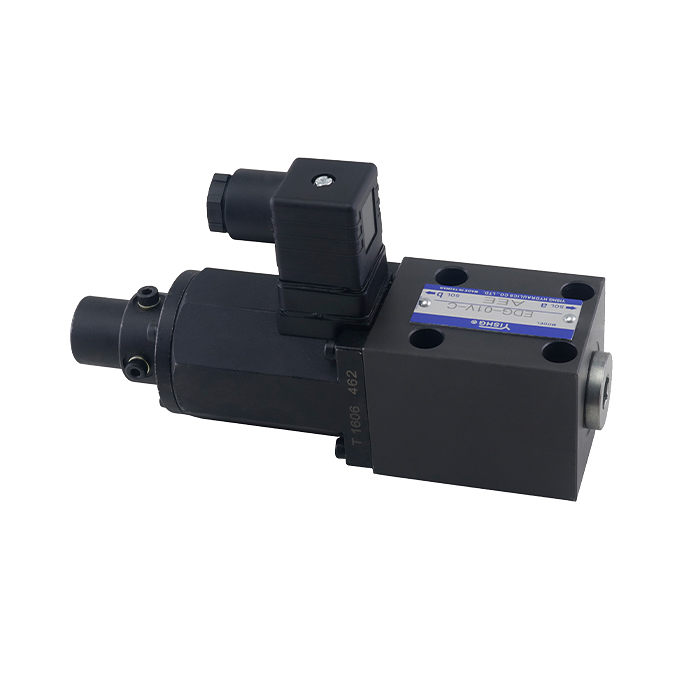What should I do if the solenoid valve of the hydraulic station leaks oil?
When the solenoid is first energized, its coil receives a pulse of high inrush current that decreases as the plunger closes. If the plunger does not close, the high inrush current continues, which can cause the coil to overheat and burn out. This is the most common cause of solenoid valve failure, and it's easy to spot.
When the coil burns out, the nylon spool on which the coil is wound melts and enters the air gap below the plunger. If you find the carcass melted, check to see if the plunger is mechanically blocked open. On dual solenoids, see if both solenoids are energized at the same time. (Enameled wire insulation may also burn).
Standard coils are rated at 105°C (221°F), so they can safely reach and maintain temperatures slightly hotter than boiling water. So a solenoid that's too hot to touch probably won't overheat.
A drop in line voltage can prevent the solenoid from closing by reducing its force until it cannot overcome the load's resistance. Check line voltage within 24 hours.
If the ambient temperature is too high, the ability of the coil to dissipate heat by radiation is reduced. An overheated coil increases resistance, reduces current and force, and the solenoid won't shut off, causing the coil to burn out again.
Check cycle rate. If the solenoid cycles too fast, heat will build up faster than it can dissipate. The solenoid becomes too weak to shut off, so it receives a constant high inrush current and burns out.
In rare cases, solenoid coils can burn out due to overvoltage. The plunger closes easily due to the extra force of the solenoid, but the high voltage causes too much holding current, gradually overheating the coil and burning the insulation on the enameled wire. In this case there are no melted spools.
Another possible cause of a burned coil is a short circuit. Water-based coolants often have fine metal particles. Accidental splashing or immersion at the coil lead connections can cause a short circuit.
Eventually, the solenoid will hammer itself to pieces - evidenced by mechanical damage and breakage. Excessive force can be caused by overvoltage or load reduction on the solenoid and must be absorbed when the plunger hits the C-stack or magnetic field. Determine the cause of damage before replacing the solenoid valve. Its force should closely match the load.

